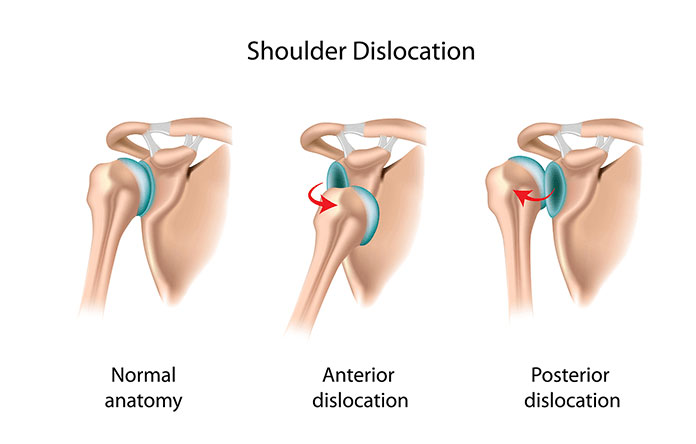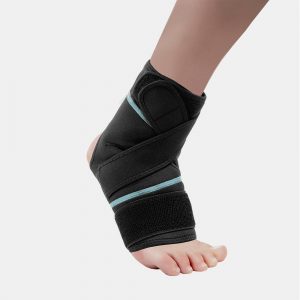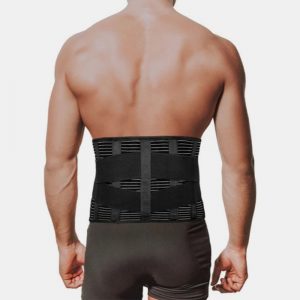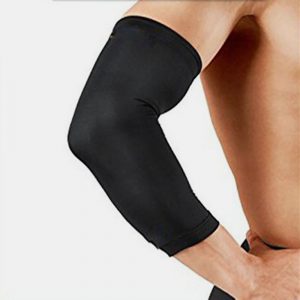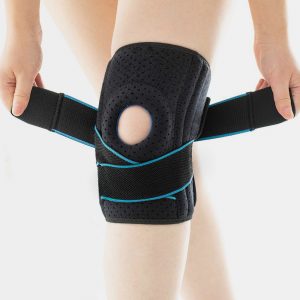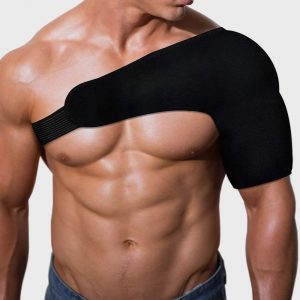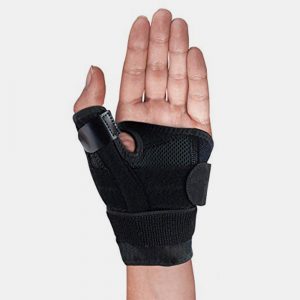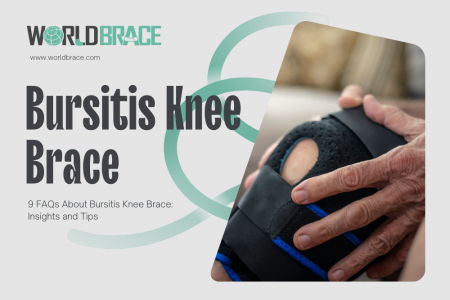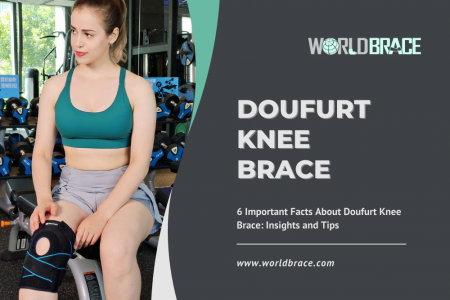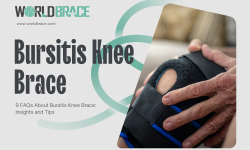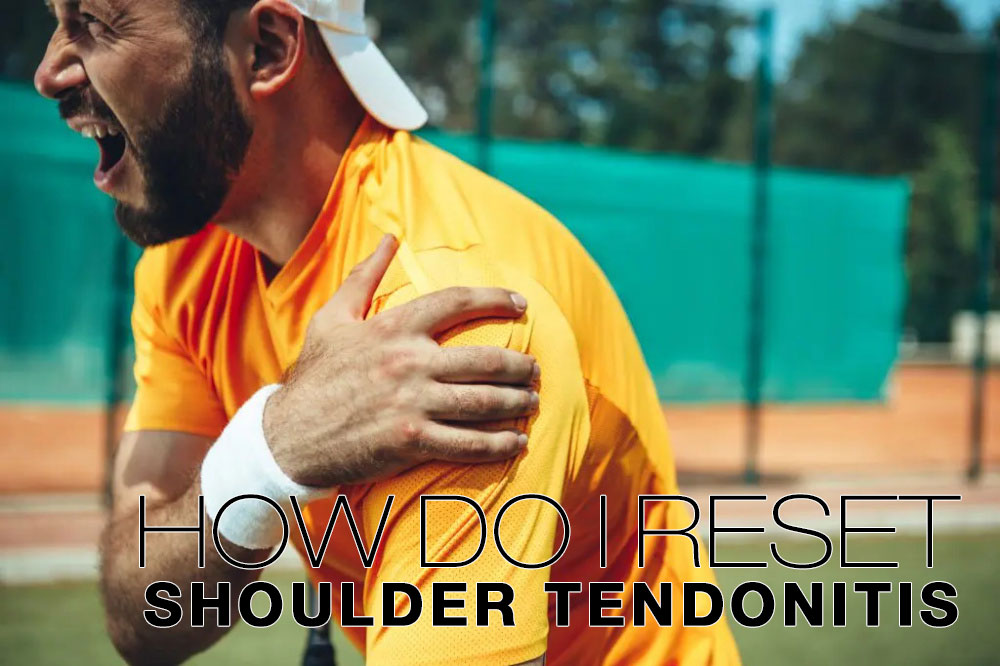
Table of Contents
What is Shoulder Dislocated?
Among all joints in the body, the shoulder has the most mobility. However, its rotation ability in any direction makes it an easy joint to dislocate.
Half of all major joint dislocations occur in the shoulder; anterior dislocation is the most common. Furthermore, joint instability occurs at the shoulder because the glenoid’s shallow angle articulates with a small portion of the humerus.
A blow to the shoulder, for example, could force the bones out of place. In addition, shoulder dislocation can occur if the rotation is too intense. Contact injuries and trauma from falls and accidents are common causes of dislocation.
But regardless of the causes, the treatment is quite simple. However, if you don’t treat the injury right away, you can cause further damage.
How to Tell If Your Shoulder Is Dislocated?
When a shoulder dislocates, the ball portion of the joint usually pops forward inside the head of the joint.
This is apparent for reasons described below:
- You will suddenly feel like you have a square shoulder instead of around
- It will be difficult and painful for you to move your shoulder around.
- Occasionally, you may see a bulge or lump (posterior arm bone) just under your shoulder blade.
The bone popping through the joint at the back is much less common. However, epilepsy or electrocution injuries can cause this type of complication.
What Causes Shoulder Dislocation?
In a sudden blow to the shoulder, the force is sufficient for the bone to snap out of alignment. In extreme cases of shoulder rotation, you can pop out the ball of the shoulder bone from the socket. Partial dislocations can also occur when the upper arm bone enters and leaves the socket at different times.
Shoulder dislocation can occur for several reasons, including:
- Sport-Related Injuries: Shoulder dislocation commonly happens during contact sports, including hockey and basketball, and falls-prone sports, such as volleyball, gymnastics, and downhill skiing.
- Falls: A shoulder dislocation can occur when you fall, for example, when you trip over an item of clothing or fall from a ladder.
- Accidents: Injuries to your shoulder during a motor vehicle collision are a prevalent cause of shoulder dislocation.
Treatment Of Shoulder Dislocation – How Do I Reset A Dislocated Shoulder?
A dislocated shoulder can only be treated with immediate reduction. Emergency room doctors perform this procedure after administering anaesthesia and sedation. A variety of methods are available for shoulder reduction, including:
- External rotation
- Stimson manoeuvre.
- Milch technique.
- Scapular manipulation.
- Davos technique.
- Spaso technique.
- Traction-countertraction.
Body type and age influence the shoulder reduction difficulty (heavier, younger men have a more challenging time reducing the shoulder). Additionally, both factors will affect the duration of the dislocation (the longer it lasts, the more difficult it is to fix).
Following a dislocation, rest and immobilization are necessary. This typically lasts three weeks for patients under 30 and seven to ten days for older patients. It is recommended that light physical activity be performed to maintain mobility.
Shoulder Dislocation symptom
The Dos and Don'ts for Frozen Shoulder
There are three phases to frozen shoulder development, and its recovery is a long process. You will receive instructions on recovering quickly and regaining mobility from your healthcare provider. Mentioned below are a few dos and don’ts in case of a frozen shoulder:
Do’s:
- Start physical therapy immediately.
- Apply ice packs to relieve pain. Do so for 10 minutes, 3 or 4 times a day.
- Follow your shoulder doctor’s instructions regarding pain medication.
- Seek help from a shoulder expert if the standard treatment doesn’t work.
- Be sure to follow the doctor’s instructions regarding pain relief.
- Be sure to practice mobility drills and stretching on both sides.
- Finally, make sure you get enough sleep.
- Finally, ensure your diet includes protein-rich food, omega 3s, and omega 6s.
Don’ts:
- Your shoulders should not be immobilized entirely due to pain.
- Exercises and tasks involving sudden movements should be avoided. These include lifting heavy objects from the injured hand. Instead, make gentle movements as you recover, but avoid overworking your shoulders.
- Do not go to bed with aching and stiff shoulders.
- Do not skip physical therapy.
- Do not be scared of pain. There is no harm in asking for help.
- Do not smoke or drink alcohol.
Shoulder dislocation is a prevalent injury; its recovery and treatment are relatively straightforward. Physical therapy, proper diet, and rest can help you gain full function of your shoulder in no time.
It is essential to keep doing light physical activity to maintain mobility. However, the shoulder must also be immobilized to avoid the bone popping back out. For that, a patient should wear a shoulder brace at all times. The best and most high-quality shoulder brace made by WorldBrace can help keep the shoulder bone in place. It can also provide the appropriate support and reduce inflammation and pain caused by shoulder dislocation.
Shoulder Dislocations ,Everything You Need To Know
faq
How Long After Shoulder Dislocation Can I Lift?
The brace can be removed after a few days, but complete recovery from a shoulder dislocation can take up to 12-16 weeks.
How to Tell If You Dislocated Your Shoulder?
The shoulder will appear more squarish than round and excruciatingly painful when moving it.

